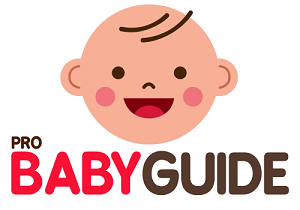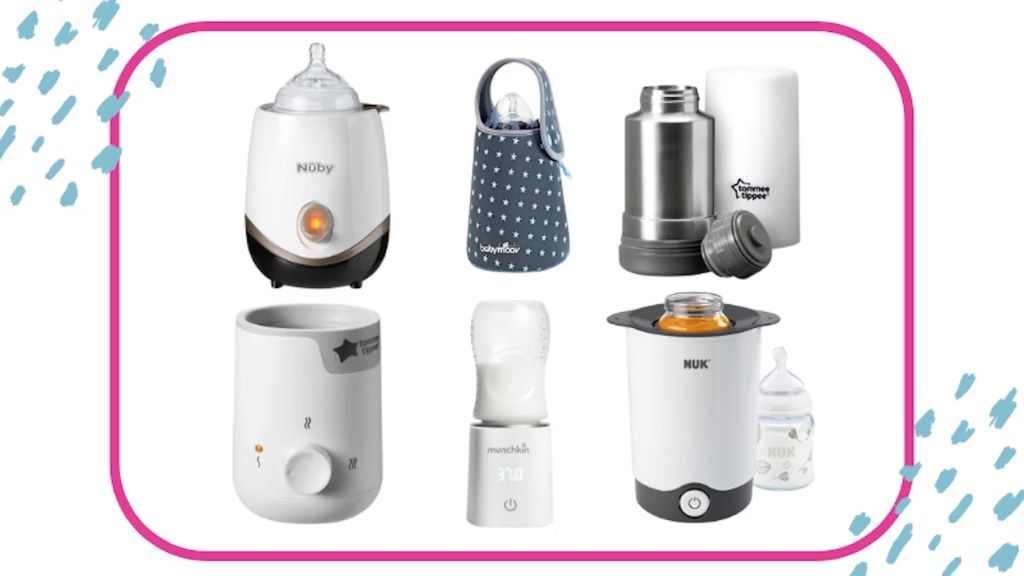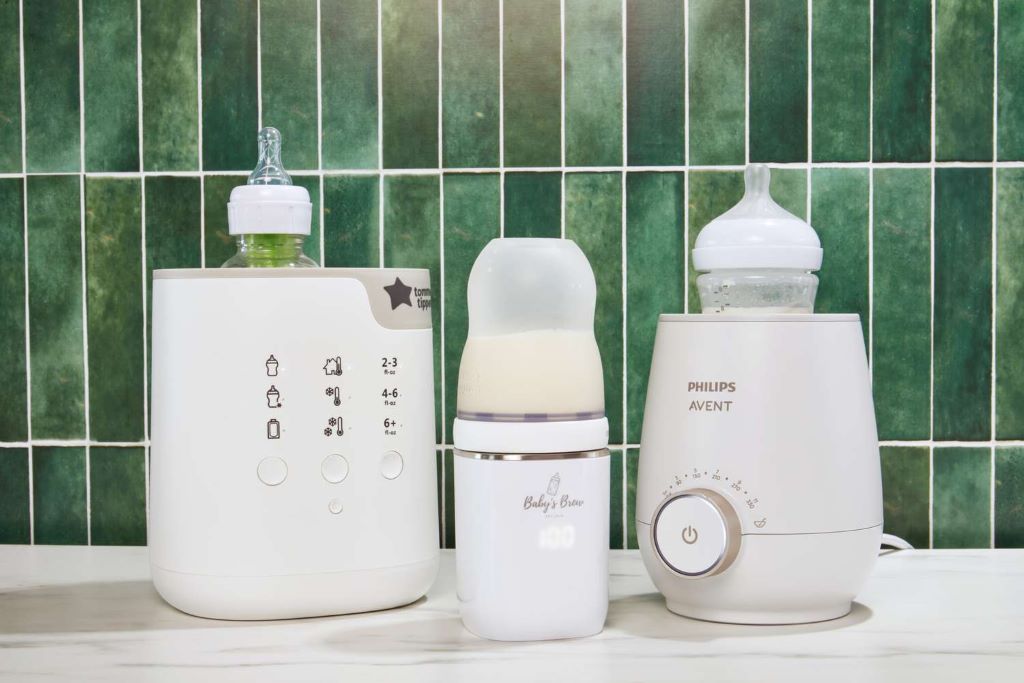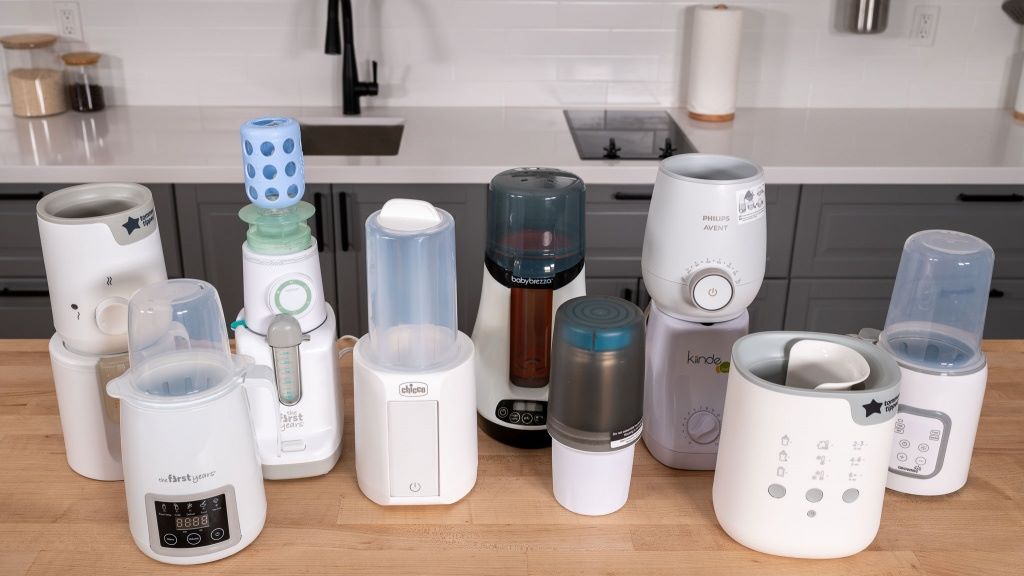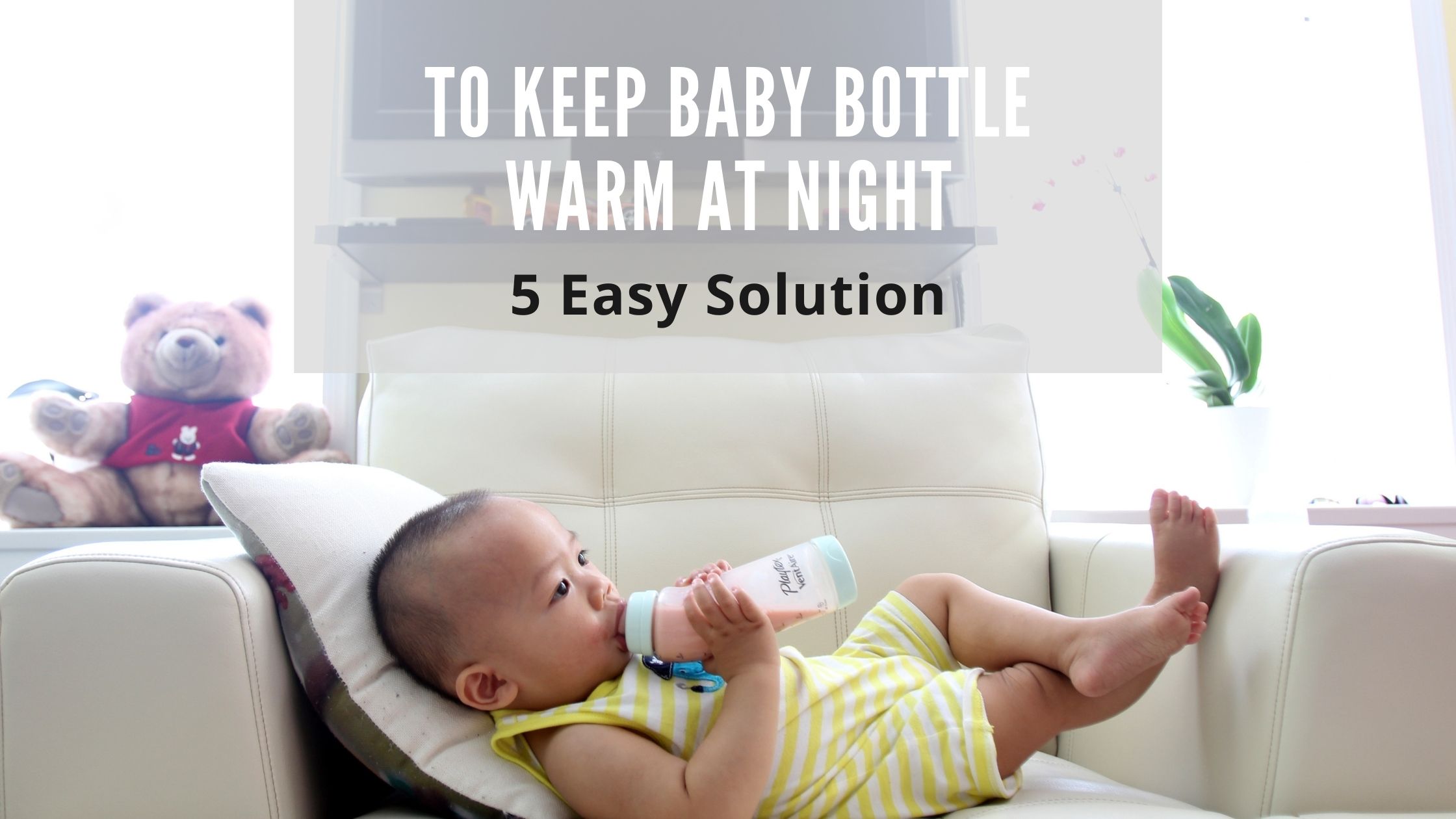Steam baby bottle warmers have become a popular choice for parents seeking a quick and convenient way to prepare their baby’s bottles. But how do they work, and are they the best option for your family? This guide delves into the world of steam bottle warmers, exploring their benefits, drawbacks, and how to choose the right one for your needs.
How Steam Bottle Warmers Work
Unlike traditional warmers that use a water bath, steam warmers operate by generating steam to heat the bottle. Here’s a simplified breakdown of the process:
- Water Reservoir: You fill a small reservoir with a specific amount of water (usually measured with a cup included).
- Steam Generation: The warmer heats the water, turning it into steam.
- Bottle Heating: The steam rises and circulates around the bottle, warming its contents.
- Automatic Shut-off: Most models have a timer or sensor to prevent overheating and automatically turn off when the desired temperature is reached.
Pros of Steam Baby Bottle Warmers
- Speed: Steam warmers are known for their speed, often heating a bottle in just a few minutes.
- Consistent Warming: They tend to warm milk or formula evenly, avoiding hot spots.
- Ease of Use: Many models have straightforward controls and require minimal setup.
- Compact Design: Steam warmers are typically smaller and more portable than water bath models.
- Multi-Functionality: Some warmers can also defrost frozen milk or sterilize bottles and pacifiers.
Cons of Steam Baby Bottle Warmers
- Potential for Overheating: If not used correctly or with a faulty unit, steam warmers can overheat the milk, potentially damaging nutrients.
- Limited Bottle Size/Shape: Some models may not accommodate wider bottles or jars.
- Cleaning: The steam chamber can be prone to mineral buildup and may require regular cleaning.
- Noise: Some units can produce a hissing or bubbling sound during operation.
Choosing the Right Steam Bottle Warmer
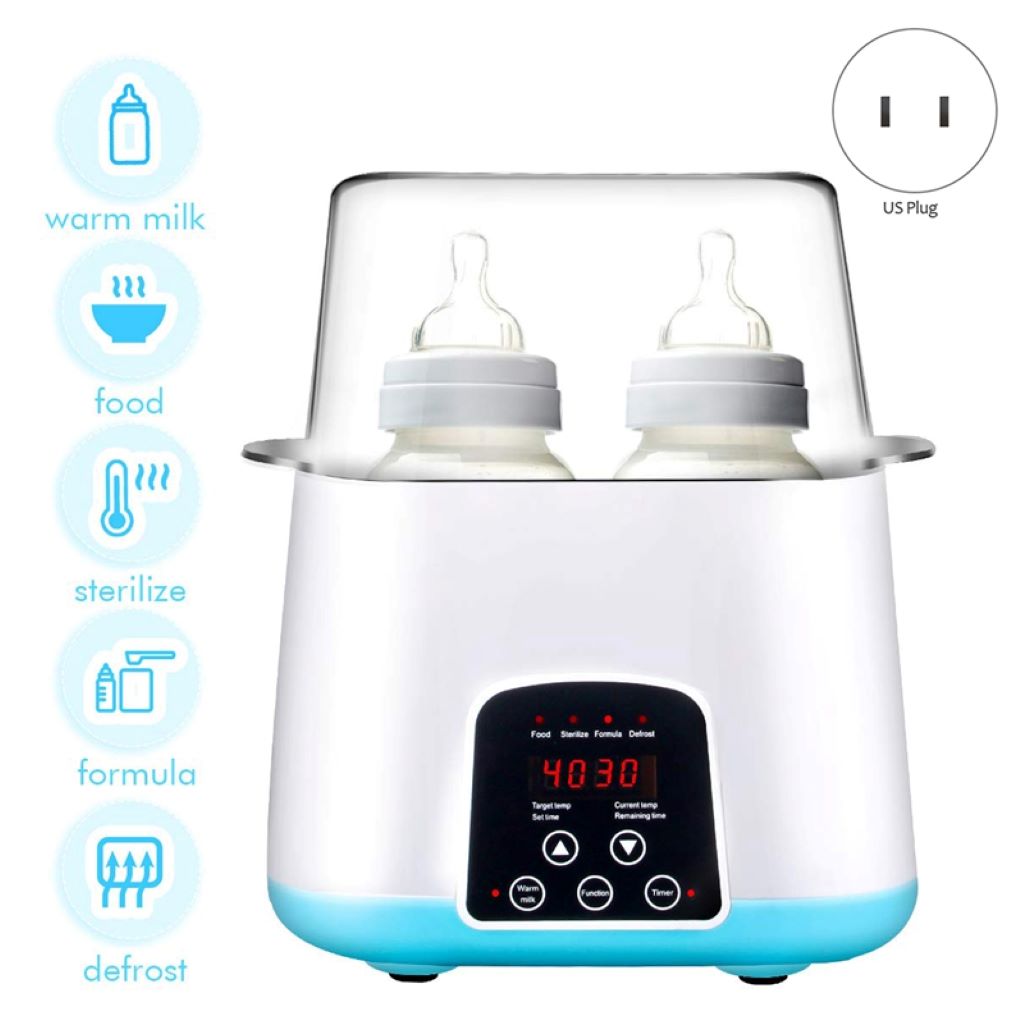
When selecting a steam warmer, consider the following factors:
- Speed: How quickly do you need the bottle warmed? Some models offer express heating options.
- Bottle Compatibility: Ensure the warmer can accommodate the size and shape of your bottles.
- Additional Features: Do you want a warmer that can defrost, sterilize, or maintain a constant temperature?
- Safety Features: Look for models with automatic shut-off and temperature control options.
- Ease of Cleaning: Check for removable parts that are dishwasher-safe or easy to clean manually.
- Reviews and Ratings: Research online reviews and compare ratings from other parents.
Related: 5 Easy Hacks on How to Keep Baby Bottle Warm at Night
Is a Steam Bottle Warmer Right for You?
While steam bottle warmers offer convenience and speed, they may not be essential for everyone. If you’re primarily breastfeeding, you may not need a warmer at all. However, if you’re formula feeding, pumping, or often on the go, a steam warmer could be a valuable addition to your baby gear.
Related: How to Keep Your Milk Bottle Warmer All Night Long
Tips for Using a Steam Bottle Warmer Safely
- Follow the Instructions: Always read the manufacturer’s instructions carefully and use the recommended amount of water.
- Test the Temperature: Before feeding your baby, test the milk or formula on your wrist to ensure it’s not too hot.
- Clean Regularly: Follow the manufacturer’s cleaning instructions to prevent mineral buildup and ensure safe operation.
Conclusion
Steam bottle warmers can be a helpful tool for parents, but it’s essential to weigh the pros and cons and choose a model that suits your specific needs and preferences. By understanding how they work and following safe usage practices, you can make an informed decision and ensure your baby’s bottles are warmed safely and efficiently.
